Sunlight

Sunlight spurs the body to make vitamin D. But because of the skin-cancer risk, there isn't an official recommendation to catch some rays. However, a small amount of sun exposure without sunscreen can do the trick.
"If you're going to get it from the sun, about 20 to 25 minutes of exposure is helpful," says Stephen Honig, MD, director of the Osteoporosis Center at the Hospital for Joint Diseases, in New York City.
The sun is less likely to provide your daily needs at higher latitudes, in the winter, or if you're older or dark skinned (skin pigment blocks light and the process is less efficient with age). And FYI: Light through a window won't work.
Fatty fish
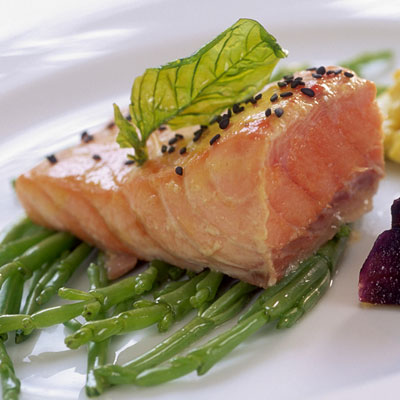
Fatty fish can be a good source of vitamin D. Common options include salmon, trout, mackerel, tuna, and eel.
A 3-ounce sockeye salmon fillet contains about 450 international units (IUs) of vitamin D—a good portion of the 600 IUs that is the Institute of Medicine's recommended dietary allowance (800 IUs if you're over 70).
And you get a bonus—heart-healthy omega-3 fatty acids!
Canned tuna fish
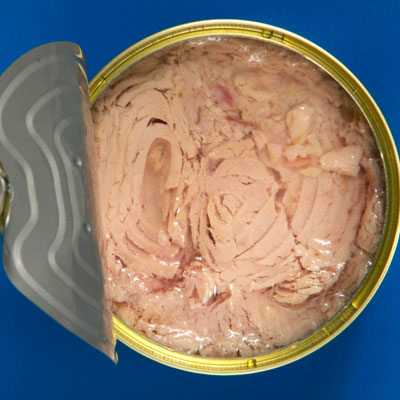
Fresh fish aren't the only way to boost your vitamin D intake; you can get vitamin D from a can, too.
Canned tuna fish and canned sardines both contain vitamin D, and are usually less expensive than fresh fish.
Plus, a longer shelf life makes the canned products easy to stock up on and use at your leisure. Canned light tuna has the most vitamin D—about 150 IUs per 4 ounces—while canned albacore tuna has about 50 IUs per 4 ounces, and canned sardines have a little more than 40 IUs per two sardines.
Certain mushrooms
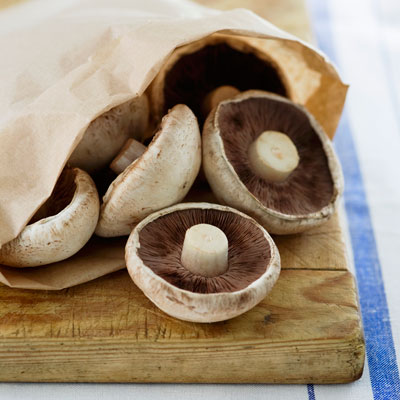
Just like humans, mushrooms have the capacity to produce vitamin D when exposed to ultraviolet light.
Mushrooms, however, are usually grown in the dark and don't contain the vitamin. Specific brands, however, are grown in ultraviolet light to spur vitamin D production.
Check to see if vitamin D–rich 'shrooms, like Dole's Portobello Mushrooms, are available at a store near you. They're perfect for vegetarians looking for plant-based foods that contain the vitamin. Dole's portobellos will give you 400 IUs of vitamin D per 3-ounce serving (about 1 cup of diced mushrooms).
Fortified milk
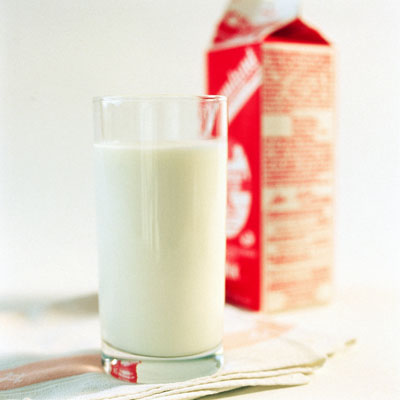
Almost all types of cow's milk in the U.S. are fortified with vitamin D, but ice cream and cheese are not.
In general, an 8-ounce glass of milk contains at least 100 IUs of vitamin D, and a 6-ounce serving of yogurt contains 80 IUs, but the amount can be higher (or lower) depending on how much is added.
Some soy and rice milks are fortified with about the same amount, but check the label since not all contain vitamin D.
Some types of orange juice

Not a dairy fan? No problem. You can get vitamin D from fortified orange juice.
One 8-ounce glass of fortified juice usually has around 100 IUs of vitamin D, but the amount varies from brand to brand. Not all brands are fortified, so check the label.
Two fortified brands, Florida Natural Orange Juice and Minute Maid Kids+ Orange Juice, contain 100 IUs per 8-ounce serving.
Supplements
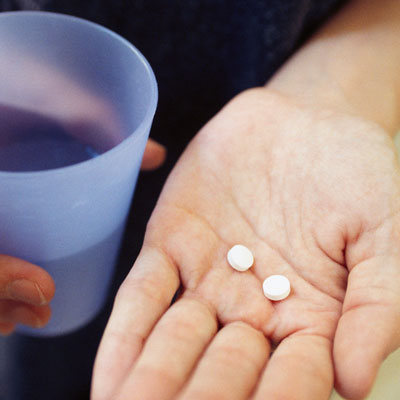
Vitamin D supplements can help you get your proper daily dose, and as Dr. Honig points out, you don't run into the issue of skin cancer as you might with UV rays. "And it's not like calcium," he says. "You don't have to split up your vitamin D dose; you can take it all at one time."
Too much vitamin D can be toxic, however. The IOM sets the upper limit at 4,000 IUs for people aged 9 and older. That includes all sources—food, sun, and supplements.
Talk to your doctor before choosing a dosage.
Egg yolks

Eggs are a convenient way to get vitamin D. They're popular in many breakfast, lunch, dinner, and dessert recipes.
Since the vitamin D in an egg comes from its yolk, it's important to use the whole egg—not just the whites. One yolk will give you about 40 IUs, but don't try to get your daily vitamin D just from eggs.
One egg contains about 200 milligrams of cholesterol, and the American Heart Association recommends consuming no more than 300 milligrams a day for heart health.
Fortified cereal
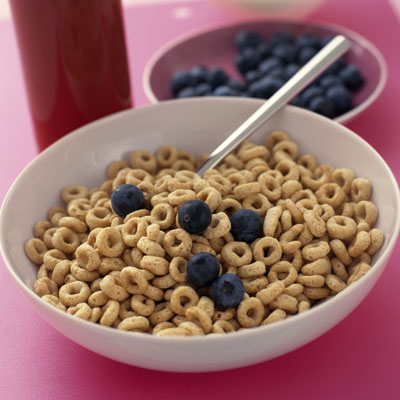
If you're a vitamin D seeker looking for a crunch, look no further than fortified cereals. Choose a low-calorie fortified cereal like Multi Grain Cheerios to get part of your daily fill of vitamin D. You can pair it with fortified milk and a glass of fortified OJ too.
A 1-cup (29 gram) serving of Multi Grain Cheerios with one-half cup of fortified milk is 90 IUs; add in an 8-ounce glass of fortified orange juice, and your total is close to 200 IUs.
Beef liver
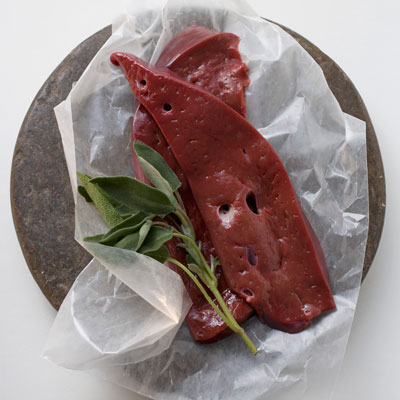
Although it might not be the most appealing source, a 3.5-ounce serving of cooked beef liver contains about 50 IUs of vitamin D—and several other nutrients. You'll also be getting vitamin A, iron, and protein.
However, beef liver is also high in cholesterol, so you might want to choose an oily fish instead.
Cod liver oil
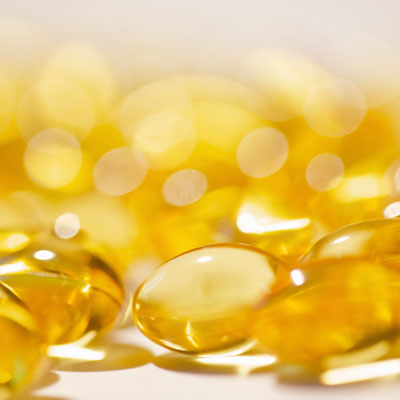
While its name might suggest a less-than-savory flavor, cod liver oil is often flavored with mint or citrus, or comes in capsule form.
One tablespoon contains about 1,300 IUs of vitamin D, which is more than twice the recommended dietary allowance of 600 IUs per day.
That amount doesn't exceed the maximum upper-level intake of 4,000 IUs for people over 8 years old, but it exceeds the daily maximum for infants (1,000 IUs).
Ultraviolet lamps and bulbs

People at high risk of vitamin D deficiency may resort to UV-emitting lamps and bulbs. This includes people unable to absorb the vitamin (malabsorption) or those who can't get enough in winter months, says Michael F. Holick, MD, a professor of medicine, sociology, and biophysics at Boston University Medical Center.
These are similar to tanning beds, but smaller. "The lamp is only about 24 inches by about 16 inches," says Dr. Holick.
These lamps carry the same skin-cancer risks and need for protective eyewear, so they're best for those with a doctor's recommendation.
http://www.health.com/health/gallery/0,,20504538,00.html